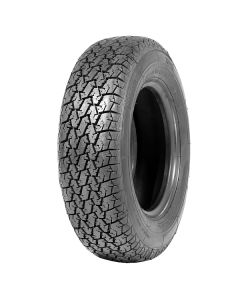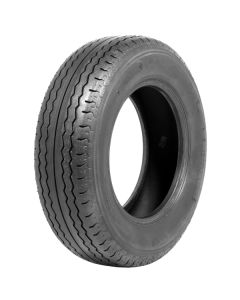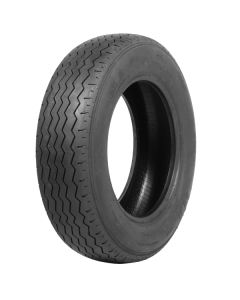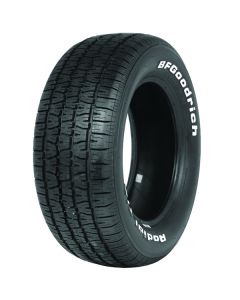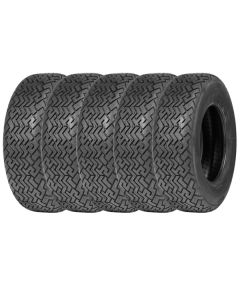Toyota Camry Tyres
Toyota Camry 1982–2003

Toyota Camry Vista Liftback
The V10 generation of Toyota Camry fitted 165-13, we recommend the 165R13 PIRELLI CINTURATO CN36 and for a low profile alternative in the size 185/70 - 13, we recommend the 185/70R13 PIRELLI CINTURATO CN36.
The V20 and V30 generations of Camry featured a few different wheel sizes based on the engine in the particular model.
- 165 R 14 was fit to the SV30 model for a full profile tyre option. For this size we recommend the 165 HR 14 PIRELLI CINTURATO CA67.
- 185/70 R 13 was fit to the CV20 and SV20 models of the Camry.
- 185/70 R 14 was fit to the SV21, SV25, VZV20, SV30, CV30, SV32, SV33, and SV35 models of the Camry. For this we recommend the 185/70 VR 14 PIRELLI CINTURATO CN36.
- 195/60 R 15 was fit to the SV21, SV32 SV33, SV35, VZV30, VZV31 VZV32, and VZV33 models on 15" wheels. For this size we recommend the 195/60 VR 15 Michelin Pilot Primacy 3.
Toyota Camry Innertubes:
The Toyota Camry did not originally fit innertubes, however, the earlier cars of full profile and 70% profile tyres can fit the following innertubes.
- We suggest the Michelin 13D for the size 165 - 13.
- We suggest the Michelin 13E for the size 185/70 - 13.
- We suggest the Michelin 14E for the size 165 - 14
- We suggest the Michelin 14F for the size 185/70 - 14.
It is worth noting an innertube should not be fitted into the later Toyota Camry with 195/60R15 tyres. Inner tubes should not be fitted into a 60-profile tyre.
History of the Toyota Camry
The Toyota Camry moniker originated with the Toyota Celica Camry, a variant of the Celica introduced in January 1980 exclusively in Japan through Toyota Corolla Store dealerships. The Celica Camry was a forerunner of the Camrys that debuted just two years later, the V10 generation of Camry. The V10 Camry was introduced to the Japanese market on March 24, 1982, alongside a twinned product named the Toyota Vista, which was effectively a rebadged Camry offered in different dealership locations. The V10 was designed with two distinct characteristics in mind. Fuel efficiency (after the 1973 Oil Crisis) and exports, particularly to the United States Sales in the United States began in March 1983, and by 1985, they had sold 128,000 vehicles, launching the Camry's massive success in the United States.
Aside from estate variants, which were Toyota's first estate vehicle, the V20 Camry/Vista generation featured the same four-door saloon configuration. These were released in Japan in August 1986, Australia in February 1987, and the United States in May 1988. All Camry and Vista engines now received fuel injection, while the Camry Saloon models got a sportier look with lower and broader body proportions.
The Holden Apollo, another rebadged Camry that was sold in Australia beginning in 1989, was the result of the UAAI, or United Australian Automobile Industries, a joint venture between Toyota Australia and General Motors-Holden. Minor trim modifications on the Apollo included a revised grille, tail lights, and other minor tweaks. The V30 Camry retained the four-door saloon design while also offering a hardtop saloon in a distinct style. Vista-branded variants with different designs were also available. The V30 was only offered in Japan, whereas the Camry XV10 was available elsewhere, with modest differences in trim at the front and back.



















